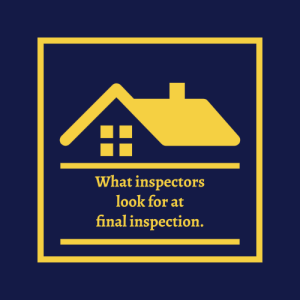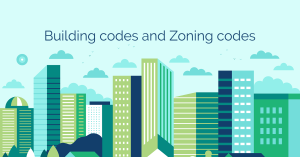NOVEMBER 2022, issue 3
ELITE PERMITS
BRIEFING ON CONSTRUCTION & Some other stuff
Written by TATIANA gUSt

As a code consulting professional, I like to explain how the state-specific codes are developed and how to use them.
I live in the beautiful state of Florida, and before 2002 there were building codes in the state, but pretty much each jurisdiction had their own codes and local requirements regarding the building portion of the code. Enforcement of such codes was also very lenient on existing construction. A lot of the codes were similar between different jurisdictions but having a different building code in each city made the enforcement part not very consistent. A clear example was when Hurricane Andrews went through South Florida in 1992, it became obvious that the code administration and enforcement was a statewide endeavor, since the damage caused by Andrews broke all the records for insurance losses. Therefore, in March 1st, 2002 the first statewide building codes were implemented at the state level. This is the Florida Building Code 2001 or 1st Edition.
These statewide codes were developed based on the International Code Council (ICC), which are the base codes not only for Florida but for the majority of state codes adopted in United States. These codes provide codes requirements based on countrywide events; therefore, the states have the ability to adjust their codes to implement in the areas that are relevant to the state and leave out the parts that may not be applicable. For example, Florida does not have a lot of snow; therefore, these requirements are not as important as they may be in areas where they have a lot of snow. Florida has a lot of wind loads, which may not be applicable to other states; therefore, each state modifies the base codes to suit their own needs.
The challenge that comes with adjusting the codes to local needs is that the code is updated about every 3 years, and as the writing of this blog, in Florida we are in the 7th Edition (2001, 2004, 2007, 2010, 2014, 2017, 2020). As you can imagine, Florida makes their own changes based on the needs for the state, so every update cycle they go through the base codes to see what was changed and to see if it was applicable or beneficial for the state. Then the state has to decide to keep the change or modify it for Florida. Keep in mind, every time the Florida Building Commission reviews the new updated codes for a new cycle without any of the Florida amendments previously adopted, they have to adjust all the same changes from the previous cycle to make sure these were not left out. Florida decided for the 7th edition, instead of taking the updated ICC and changing back everything that was previously adopted, this time they would keep the Florida Building Code’s latest adopted version and update anything that was updated in the base codes that was beneficial for the state. This sounds a lot more efficient, right?
Now, how do you use the code, and how do you know what is new and what is updated Florida-specific? Well, the people in charge of the code update very cleverly adopted a system that has a marking on the sidelines of the code that allow us to understand what is base code and what is Florida-adopted. For people who work regularly in Florida, having those markings doesn’t make any significant difference, but for design professional teams working across many states, this is a very simple way to determine the local state amendment and what could be different from other states.
I hope this information is interesting, and as always share the knowledge. This makes us all a little more wiser about different things. Don’t forget to follow us, and let me know if there is a subject you would like me to present.







